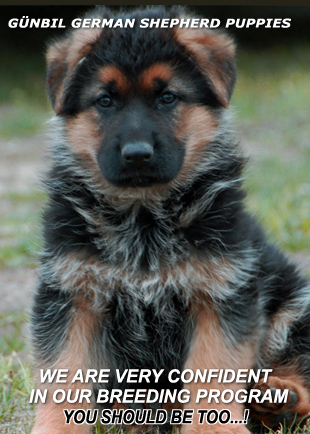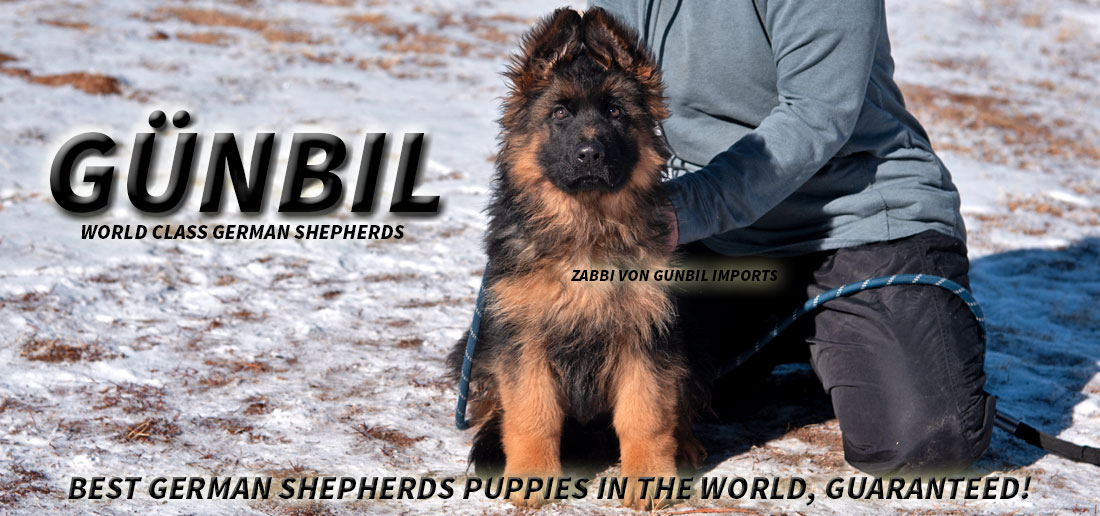Canine Distemper (dhlp-P) - CDV

The "D" part of the vaccine is for Canine Distemper, a highly contagious and usually fatal disease. It is caused by the paramyxovirus and is transmitted by a healthy dog coming into contact with the discharge from the eyes or nose of an infected dog. It is also suspected that the Distemper virus can live in the soil from six months up to a year.
The first signs of Distemper can be a simple loss of appetite or a slight, dry cough. Another common sign of the disease is a thick yellow or green discharge from the eyes and/or nose. Vomiting and/or diarrhea as well as an increase in temperature are also possible signs. There are some cases where these symptoms appear and then disappear with nothing else happening until suddenly neurological symptoms appear.
The neurological symptoms will often start with just a twitching, shivering or even a “chewing gum” like activity. These mild activities will often turn into full seizures that is a horrendous sight to see. The convulsions will at first be sporadic and then progress to non-stop, screaming types of seizures. Eventually, the seizures will become so bad the heart stops or the respiratory system fails.
Unlike many of the canine diseases, Canine Distemper is not species specific. Dogs, wolves, coyotes, ferrets and raccoons are all at risk to its deadly power.
CDV occurs among domestic dogs and many other carnivores, including raccoons, skunks, and foxes. CDV is fairly common in wildlife. The development of a vaccine in the early 1960s led to a dramatic reduction in the number of infected domestic dogs. It tends to occur now only as sporadic outbreaks. Young puppies between 3 and 6 months old are most susceptible to infection and disease and are more likely to die than infected adults. Nonimmunized older dogs are also highly susceptible to infection and disease. Nonimmunized dogs that have contact with other nonimmunized dogs or with wild carnivores have a greater risk of developing canine distemper.
Prevention of Canine Distemper
The best prevention against canine distemper is vaccination. Vaccination works well even in animals that have already been exposed to the virus, if it is administered within 4 days of exposure. Exposure to CDV via vaccination induces long lasting, but not permanent, immunity. Dogs should receive annual vaccinations to ensure protection.
There are several different types of distemper vaccines available, each with advantages and disadvantages. Pet owners should discuss the various options with their veterinarians. The two most common vaccines are canine tissue culture-adapted vaccines and chick embryo-adapted vaccines.
Canine tissue culture-adapted vaccines (e.g., Rockborn strain) are nearly 100% effective; they can very rarely cause fatal encephalitis (swelling of the brain) 1 to 2 weeks after vaccination. This type of vaccine is especially risky in dogs with weakened immune systems.
Chick embryo adapted-vaccines(e.g., Onderstepoort and Lederle strain) are safer than the Rockborn strain but are only about 80% effective.
Most puppies are born with their mother's antibodies to CDV, which prevents them from becoming infected if exposed to the virus. They begin to lose their maternal protection between 6 and 12 weeks of age, which is when puppies should be vaccinated. Two to three vaccinations should be administered during this period. Dogs should be revaccinated yearly thereafter.
Multidog Households & Canine Distemper
Any dog that is suspected of being infected should be isolated from other dogs. Other dogs should be vaccinated, if they haven't already been.
CDV doesn't last long outside the dog's body; heat, sunlight, most detergents, soaps, and various chemicals inactivate it. After an infected dog has been removed from the premises, contaminated objects and living areas should be disinfected with a 1:30 bleach-water solution.
One-dog Households & Canine Distemper
f a dog has died from CDV infection, pet owners should wait about one month before introducing a new puppy or dog into the home. Contaminated objects and living areas should be thoroughly cleaned and disinfected with a 1:30 bleach-water solution.
- If you have questions or comments that you would like to share, please EMAIL US.











